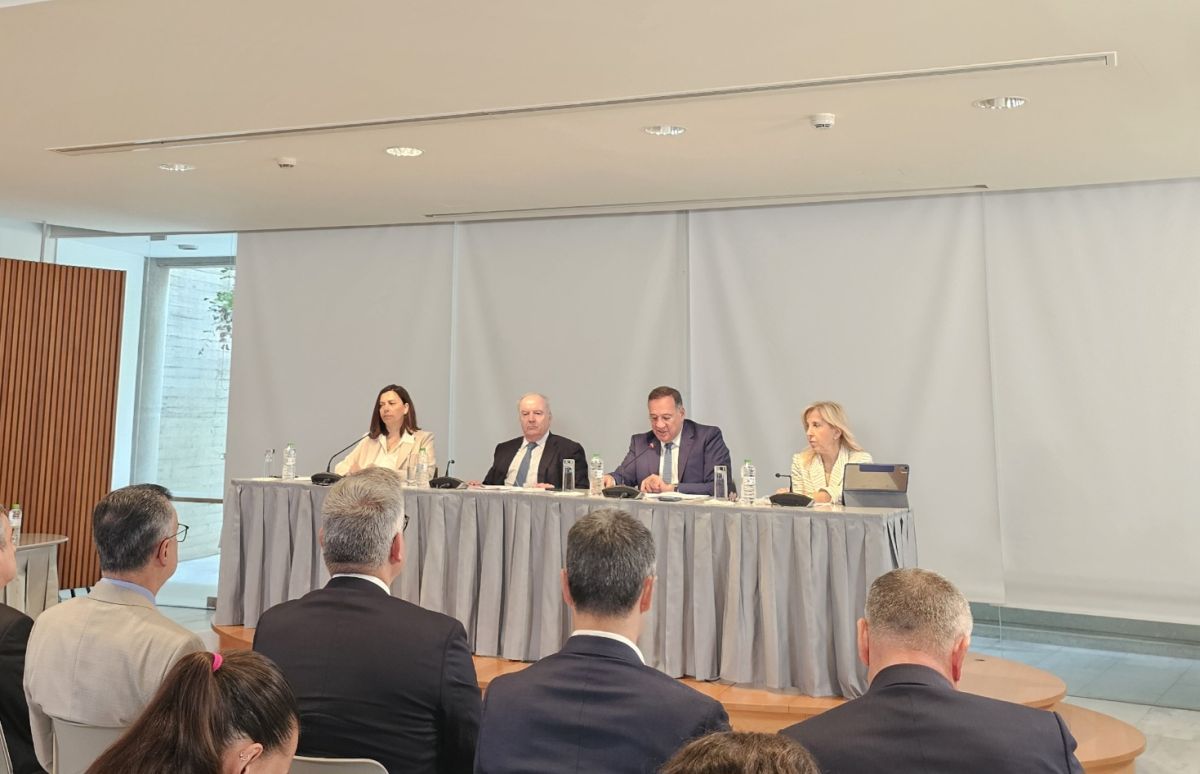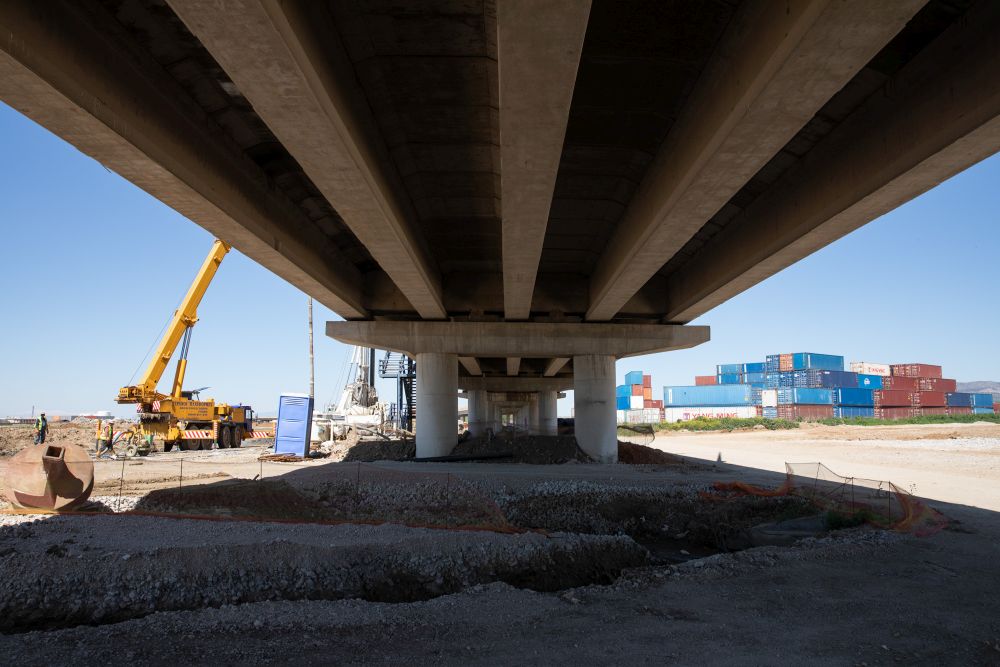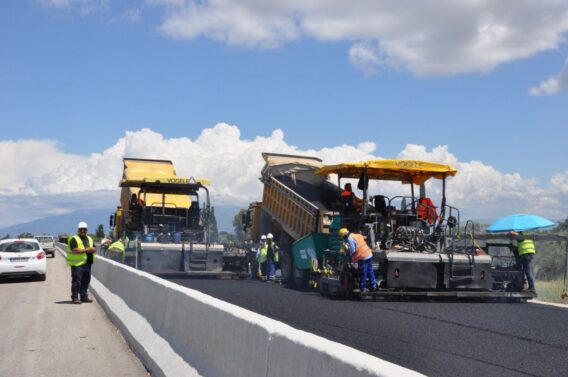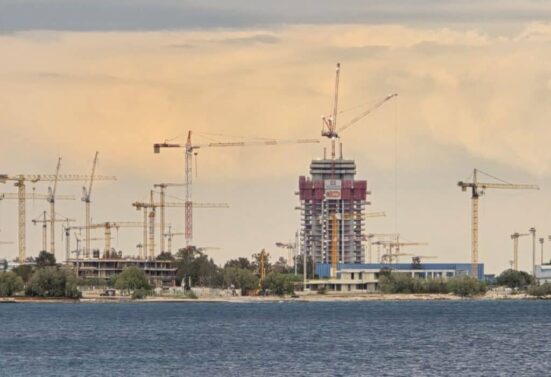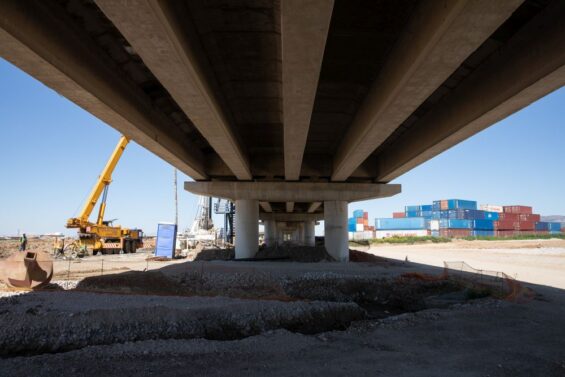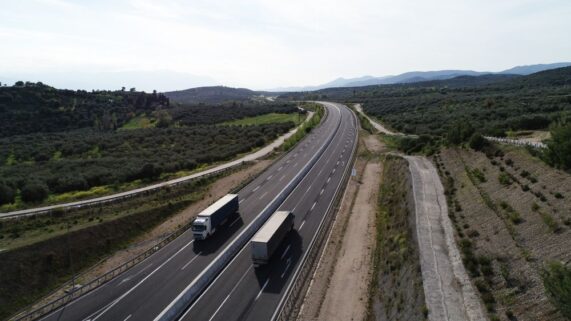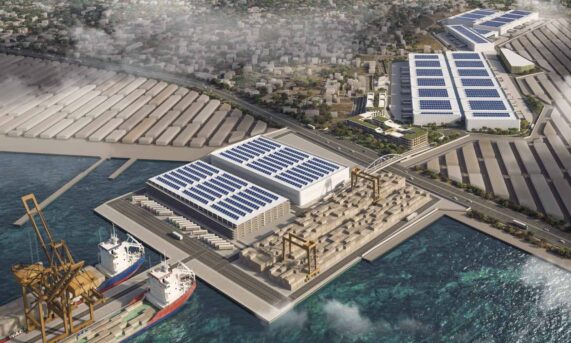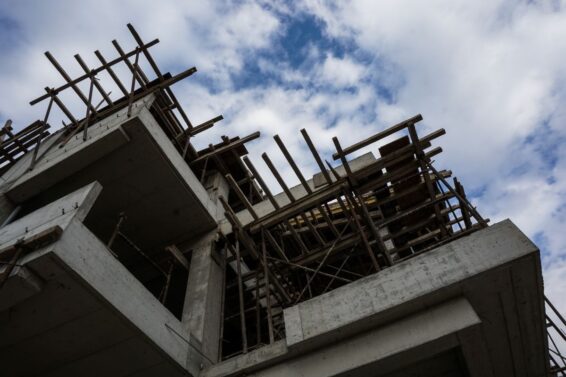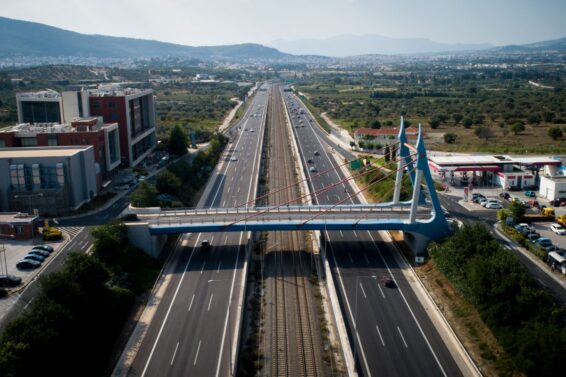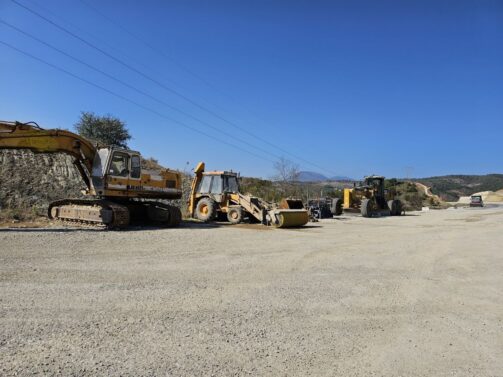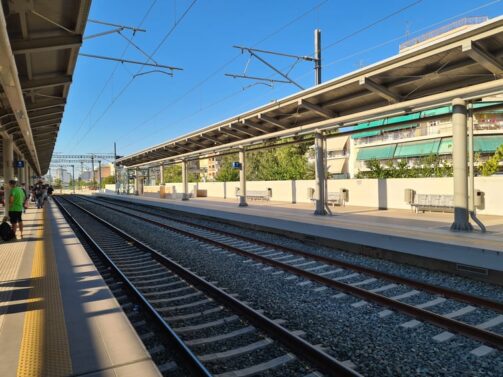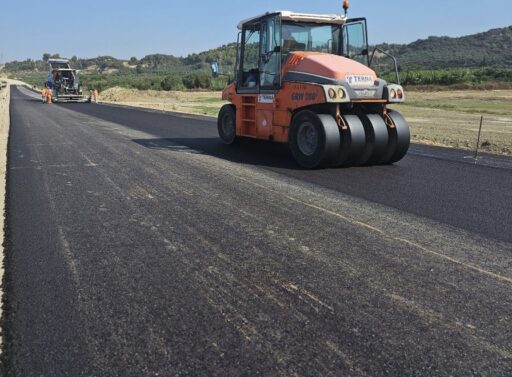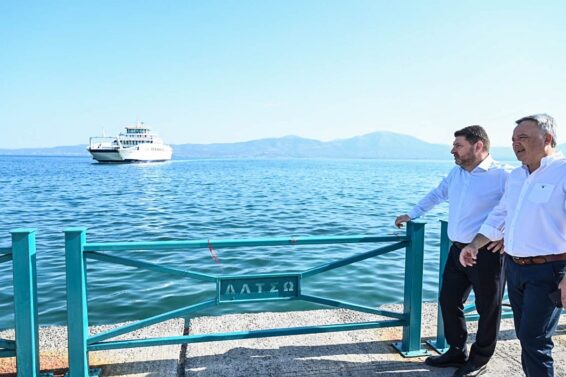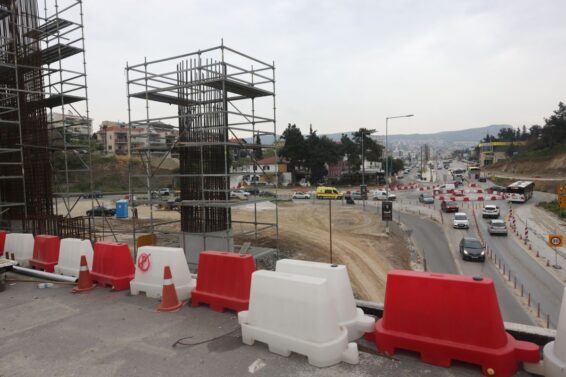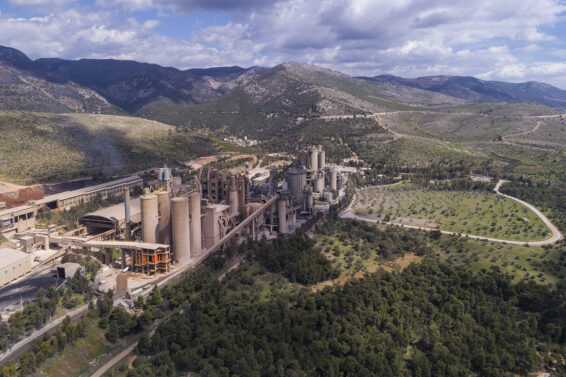The epicenter of the Western section of the so-called “Railway Egnatia”, extending from Thessaloniki to Igoumenitsa, is the town of Kalambaka in Thessaly region. Today is one of the projects that our country plans for the coming years, athough it has been accused to be of exorbitant size and not economically viable. However, the railway connection between the regions of Western Macedonia and Epirus as well as the connection of Thessaly to the country’s southern railway network, contributes to the creation of a railway grid that, with the pursuit of appropriate policies, it could contribute to the development of these regions.
Although the conversation revolves mainly around the Eastern section, which has a strong commercial interest due to its connection to Bulgaria and Romania, the Western section is equally important as it would cover remote areas of the country, also providing a link to Albania, FYROM and potentially, Italy.
The key point in the above works is the town of Kalambaka, today a Terminal of Paleoparsalos-Kalambaka Line, a railway branch connected to the country’s main railway corridor (i.e. Athens-Thessaloniki). For this section, by 2022, signaling and electrification systems are expected to operate, reducing the time distance from the capital to less than 3 hours.
The Western section of “Railway Egnatia” is being designed with as a single-track line, supporting speeds up to 160-200 km/h and includes 2 major new projects that will create an integrated line up to Thessaloniki, which is the core of the main project. The total cost, according to railway executives, is not as extravagant as it initially had been estimated (it was budgeted at more than 5bn euros) and is expected to reach 1.65bn euros, a sum that could be covered over a period of 10-15 years through various funding channels.
The project
The first part of the Western section is the new single-track railway line Kalambaka-Kozani (with an additional connection to Grevena-Siatista branch), 105 km long. It is noted that there is also a great history here as infrastructure works were carried out in the period between 1927 and 1932, with an overall progress that some claim to reach 67% (tunnels have been opened along the line) while prospective project studies could take these works into account in a future implementation effort. However, railway executives argue that after so many decades, the existing “completed” parts cannot be used as foundation for a modern construction project.
Today, the cost of these projects is estimated at around 400m euros, including signaling-electrification works and the construction of new stations. Additionally, a connection between Kozani and Veria is being studied as a bypass of the current line, at an estimated cost of 250m euros, which would further reduce the time distance between Thessaloniki and Igoumenitsa.
The second part is Kalambaka-Ioannina-Igoumenitsa. With a length of 152 km, this section will eventually unite the historic capital of Epirus and the main port of the Region (and the primary access to Italy and Western Europe) with the domestic network, especially for freight transport, with the ports of Piraeus, Thessaloniki and Alexandroupoli. For this section, the longest railway tunnel of the country has been designed, with a length of more than 10 km in the area of Katara. The cost of this single-track line has been estimated at around 1bn euros.
The importance of this line is even greater, if seen as an alternative to the main line, Athens-Thessaloniki-Idomeni corridor, giving significant growth prospects to the logistics sector, especially in the areas where the train will pass. Furthermore, this line could bring Ioannina much closer to the country’s largest urban centers thus upgrading it to a hub, a strong touristic and cultural destination, creating new business opportunities for the wider region (that have already improved with the operation Egnatia and Ionian Motorways).
A very interesting fact is that for this section, according to the report of ypodomes.com, there is approved environmental licensing (with a published JMD). What is now needed to be completed is the maturation of the project with the implementation of the final studies that could lead to the materiliation of the project.
Equally important is the fact that the Western section of “Railway Egnatia”, will allow the connection of the domestic railway network to the Albanian network as well as FYROM, with strong funding prospects by the EU which has prioritized rail projects, as it has made clear that it consides them the future of transport in the continent.
Nikos Karagiannis-ypodomes.com
ΜΗΝ ΞΕΧΑΣΕΤΕ
- Ακολουθήστε το ypodomes.com στο Google News και μάθετε πρώτοι όλες τις ειδήσεις για τις υποδομές στην Ελλάδα
- Αν είστε επαγγελματίας του κλάδου, ακολουθήστε μας στο LinkedIn
- Εγγραφείτε στο Ypodomes Web TV

